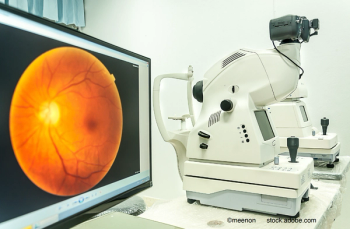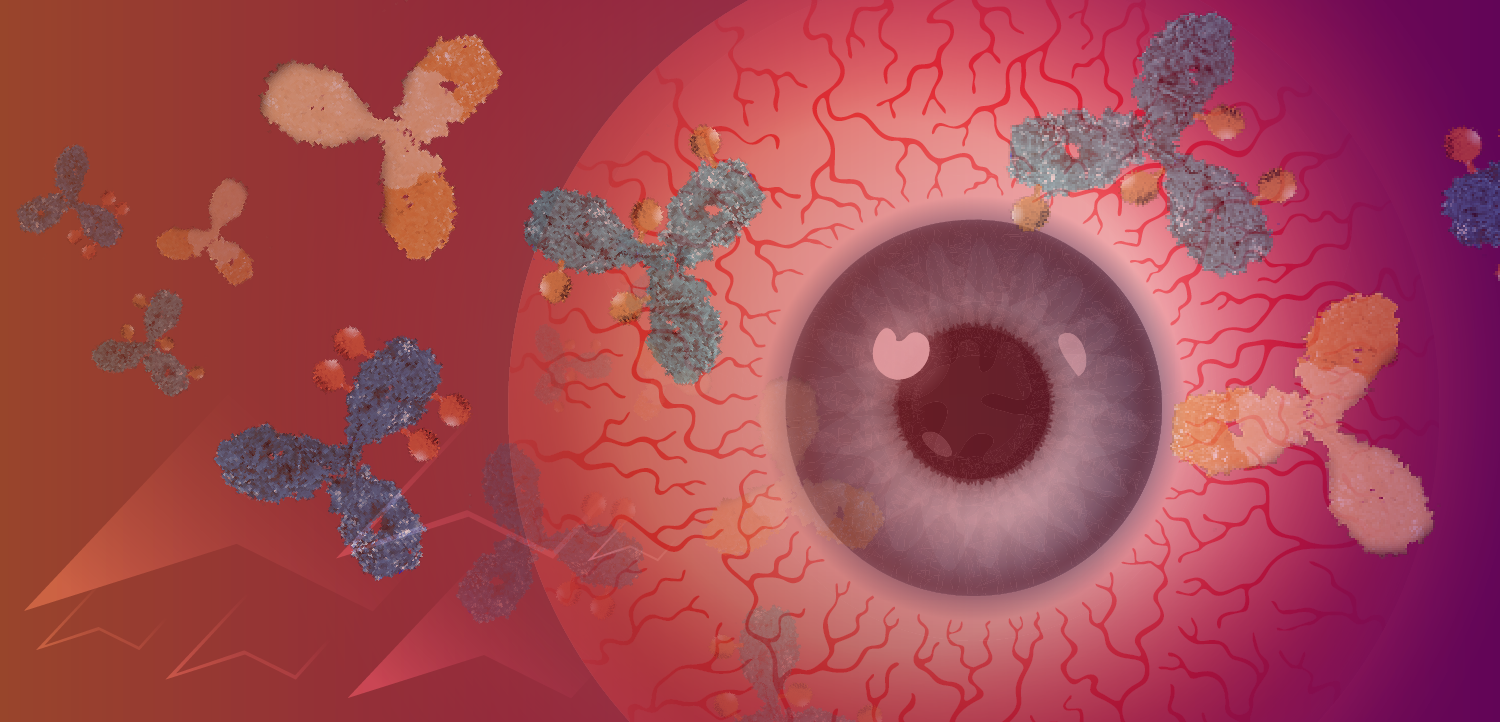
NIH researchers identify how brain circuits are affected by retinal cell damage
In a recent study, the researchers suggested that targeting the circuits responsible for visual acuity may be necessary in achieving optimal recovery of visual function and could aid in the development of vision restoration therapies.
Researchers with the National Institutes of Health (NIH) has identified in a recent study which brain circuits are essential for visual acuity and how they may be affected by retinal cell damage. The study, “Differential Impact of Retinal Lesion on Visual Responses of LGN X and Y cells,” was recently published in The Journal of Neuroscience and found that targeting the circuits responsible for visual acuity may be necessary in achieving optimal recovery of visual function and could aid in the development of vision restoration therapies by utilizing pathways beyond the retina, according to a news release.
"A huge amount of progress has been made in repairing the eye, however little attention has been paid to the functional consequences beyond the eye," said the study's lead investigator, Farran Briggs, PhD, senior investigator at NIH's National Eye Institute, in the release. "Brain circuits downstream of damaged or dying retinal cells in the eye may also undergo some loss of function following changes to their retinal inputs."
Through the study, researchers aimed to better understand how neurons that run downstream from the retina are affected by damage sustained by retinal ganglion cells (RGCs) and how 2 types of lateral geniculate nucleus (LGN) may respond to different types of visual information and form parallel processing pathways. These pathways are the X-LGN neurons, which contribute to visual acuity, and Y-LGN neurons, which contribute to motion perception, according to the release.
Thus, the effects of retinal loss on the X and Y visual processing pathways were examined by using an animal model in ferrets. After injury was recorded to the RGCs, recordings of the LGB neuronal responses were conducted to evaluate its impacts on the pathways. Researchers found that X-LGN neurons didn’t respond properly to visual stimuli, with Y-LGN neuron responses remaining largely unaffected. This suggests a higher sensitivity of visual acuity pathways to degeneration of the retina.
“We observed loss of responses among many LGN neurons, presumably with receptive fields within the scotoma,” the study authors, led by Jingyi Yang of the University of Rochester in Rochester, New York, stated. “We also observed contralesional LGN neurons with receptive fields within or at the border of the scotoma that responded consistently to drifting sinusoidal gratings and spatiotemporally dynamic stimuli, enabling their classification as X or Y cells. Contralesional Y cell responses remained intact while contralesional X cells demonstrated higher firing rates, altered tuning to stimulus contrast and temporal frequency, and reduced spike timing precision. Consistent with neurophysiological results, alpha RGCs appeared relatively spared compared with beta RGCs.”
"Vision restoration therapies may need to target circuits that are responsible for visual acuity in addition to the retina. Such therapies could include training therapies, such as video games, that provide interactive feedback or other vision behavioral therapies," Briggs said.
The study authors suggested that future studies should utilize the model of RGC loss to investigate retinal degeneration and visual deficits in neuropsychiatric illnesses such as schizophrenia.
“Together, our findings show that retinal cell loss differentially impacts downstream neuronal circuits, suggesting that supplemental vision recovery therapies may need to target visual circuits specialized for acuity vision,” the study authors concluded.
References
NIH researchers identify brain circuits responsible for visual acuity. News release. National Institutes of Health National Eye Institute. June 4, 2025. Accessed June 9, 2025.
https://www.nei.nih.gov/about/news-and-events/news/nih-researchers-identify-brain-circuits-responsible-visual-acuity Yang J, Huxlin K, Briggs F. Differential impact of retinal lesions on visual responses of LGN X and Y cells. The Journ of Neurosci. 2025;45(23). https://doi.org/10.1523/JNEUROSCI.0436-25.2025
Newsletter
Keep your retina practice on the forefront—subscribe for expert analysis and emerging trends in retinal disease management.
















































